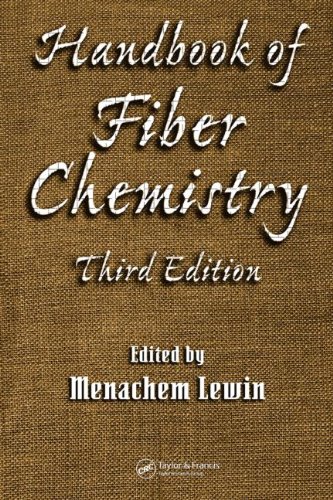

Most ebook files are in PDF format, so you can easily read them using various software such as Foxit Reader or directly on the Google Chrome browser.
Some ebook files are released by publishers in other formats such as .awz, .mobi, .epub, .fb2, etc. You may need to install specific software to read these formats on mobile/PC, such as Calibre.
Please read the tutorial at this link: https://ebookbell.com/faq
We offer FREE conversion to the popular formats you request; however, this may take some time. Therefore, right after payment, please email us, and we will try to provide the service as quickly as possible.
For some exceptional file formats or broken links (if any), please refrain from opening any disputes. Instead, email us first, and we will try to assist within a maximum of 6 hours.
EbookBell Team

4.1
60 reviewsAuthored by leading experts in the field of fiber science, most chapters in this third edition of a bestseller are either new or extensively updated. Chapters on synthetic fibers detail their formation from monomers, while those on natural fibers cover extraction and purification methods. Each chapter encompasses definitions, morphology, and fine structure; properties, testing, processing methods, and equipment; and the conversion into marketable products. Taking into account the recent expansion and diversification of markets for various fibers, this book also offers a solid foundation in the principles used for developing new fibers, including biologically and electronically active fibers.
The Handbook of Fiber Chemistry, Third Edition offers a better understanding of the structure–property relationships of fibers and fiber-related phenomena. It is an ideal volume for scientists, technologists, and engineers working to develop novel and innovative products and technologies using natural and synthetic fibers.